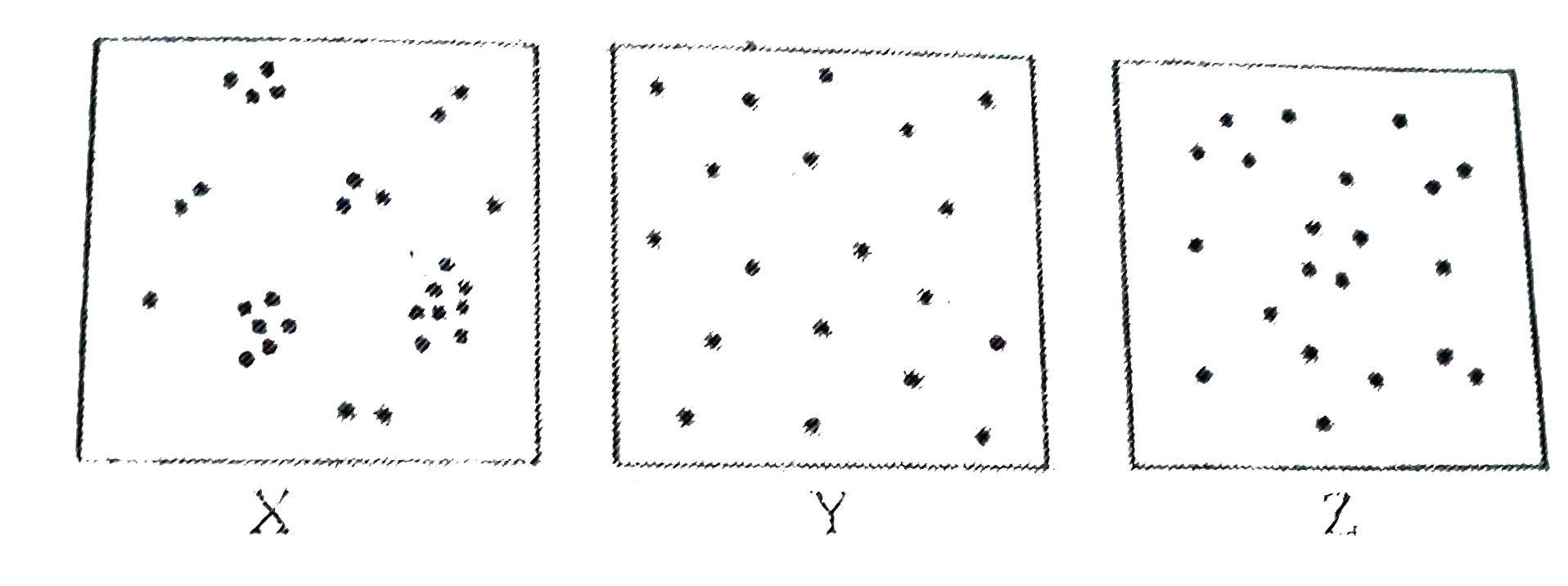Complete count of individuals in an area is called population
The correct Answer is:F
To determine whether the statement "Complete count of individuals in an area is called population" is true or false, we can follow these steps:
1. Understanding the Definition of Population:
- The term "population" in biology refers specifically to a group of individuals of the same species that live in a particular area at the same time.
2. Analyzing the Given Statement:
- The statement claims that the complete count of individuals in an area is called population. However, it does not specify that these individuals must be of the same species.
3. Identifying the Error in the Statement:
- The statement is misleading because it implies that any count of individuals in an area, regardless of species, constitutes a population. This is incorrect.
4. Correct Definition:
- A more accurate definition would be that a population is the total number of individuals of a particular species in a specified area.
5. Conclusion:
- Since the original statement does not specify that the individuals must belong to the same species, it is false.
Final Answer:
The statement "Complete count of individuals in an area is called population" is false.
---
- The term "population" in biology refers specifically to a group of individuals of the same species that live in a particular area at the same time.
- The statement claims that the complete count of individuals in an area is called population. However, it does not specify that these individuals must be of the same species.
- The statement is misleading because it implies that any count of individuals in an area, regardless of species, constitutes a population. This is incorrect.
- A more accurate definition would be that a population is the total number of individuals of a particular species in a specified area.
- Since the original statement does not specify that the individuals must belong to the same species, it is false.
The statement "Complete count of individuals in an area is called population" is false.
Topper's Solved these Questions
- BOOK - MODERN PUBLICATIONCHAPTER - REPRODUCTIVE HEALTH EXERCISE - QUICK MEMORY TEST ((B) COMPLETE THE MISSING LINKS)16videos
REPRODUCTIVE HEALTH
- BOOK - MODERN PUBLICATIONCHAPTER - REPRODUCTIVE HEALTH EXERCISE - QUICK MEMORY TEST ((C )CHOOSE THE CORRECT ALTERNATIVE)10videos
REPRODUCTIVE HEALTH
- BOOK - MODERN PUBLICATIONCHAPTER - REPRODUCTIVE HEALTH EXERCISE - HIGH ORDER THINKING SKILLS AND BRAIN TWISTING (LONG ANSWER QUESTION)1videos
REPRODUCTIVE HEALTH
- BOOK - MODERN PUBLICATIONCHAPTER - REPRODUCTION IN ORGANISMSEXERCISE - CHAPTER PRACTICE TEST (SECTION - C)3videos
REPRODUCTION IN ORGANISMS
- BOOK - MODERN PUBLICATIONCHAPTER - SEXUAL REPRODUCTION IN FLOWERING PLANTSEXERCISE - Competition File (Assertion & Reasons Type Questions)19videos
SEXUAL REPRODUCTION IN FLOWERING PLANTS
Similar Questions
Knowledge Check
- Question 1 - Select One
Each individual of a clone is called
ARametBSynergidCAntipodalDNone of the above - Question 2 - Select One
Total number of individual of a species in an area is called -
APopulation sizeBPopulation densityCDemographyDPopulation dynamics - Question 3 - Select One
A group of individuals of the same age within a population is called :
AClineBCloneCCohortDCommunity
Percentage of individuals of a given age group in a given population is called as
View SolutionPermanent entry of individual into a population is
View SolutionIf most individuals in a population are young, why is the population likely to grow rapidly in the future?
View SolutionArea of individual differences is
View SolutionArea of individual differences is
View Solution


